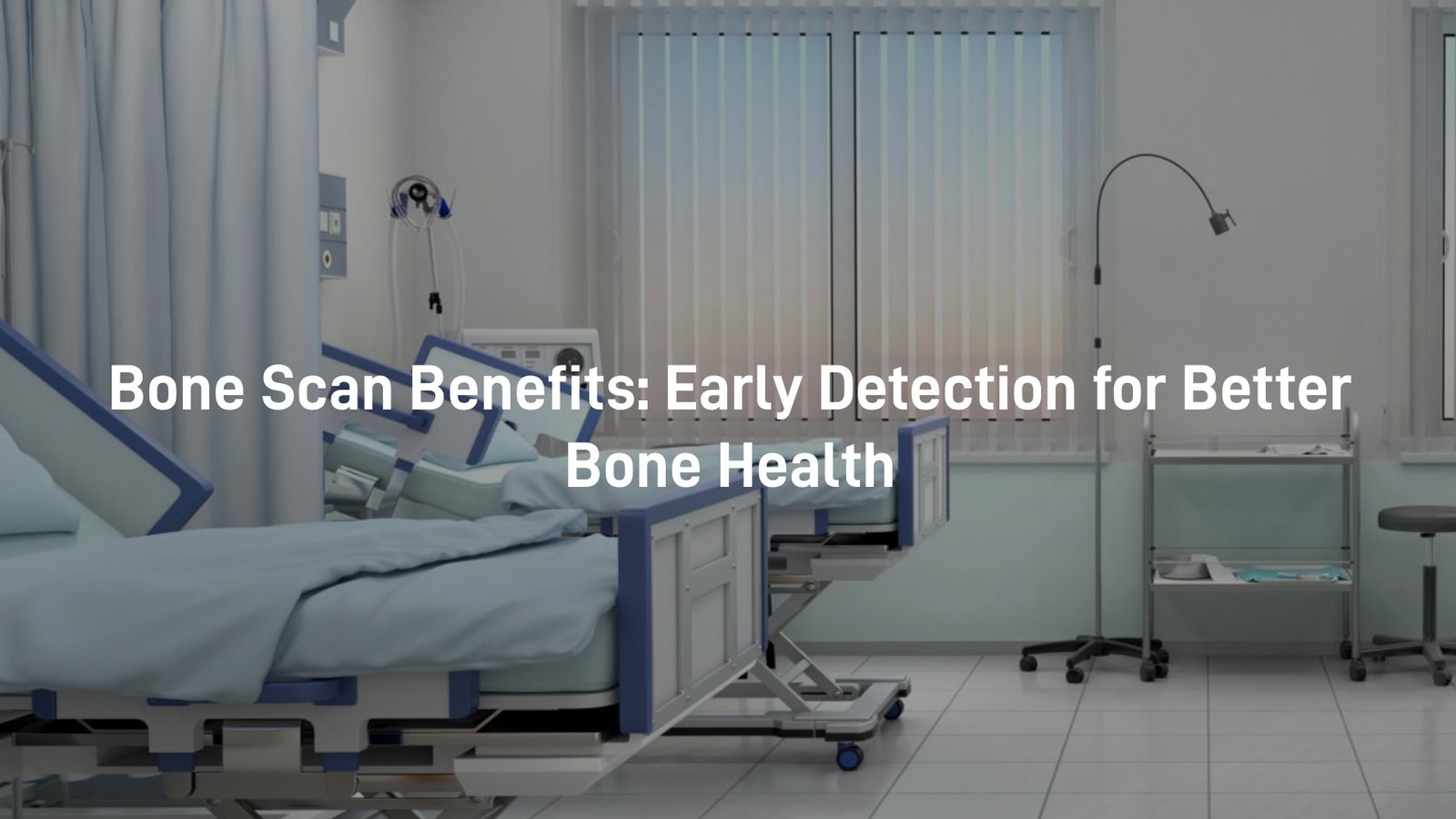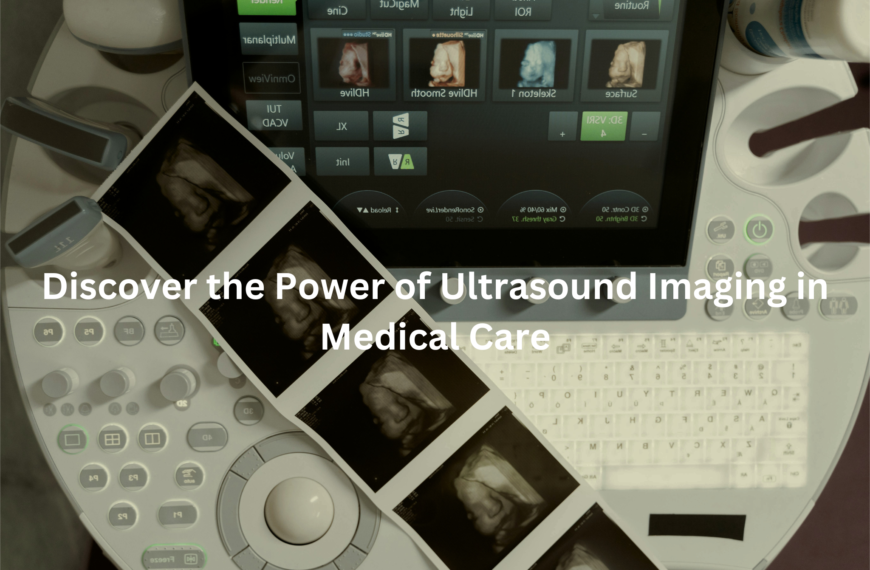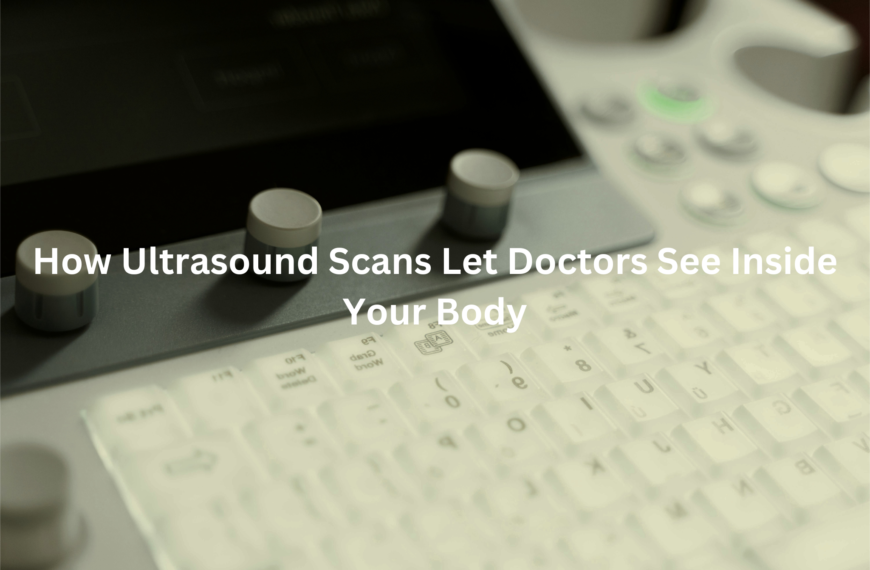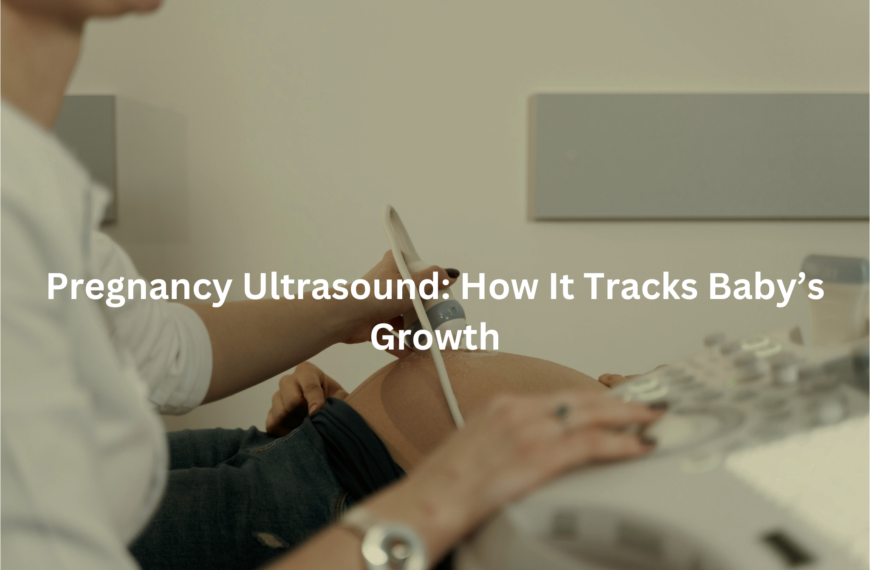A bone scan helps detect fractures, bone diseases, and cancer early—giving you a head start on treatment and recovery.
A bone scan is a highly effective imaging test that detects bone abnormalities before they become serious. Whether you’re experiencing unexplained bone pain, monitoring osteoporosis, or assessing cancer spread, this test provides early and accurate insights. With minimal radiation exposure and a full-body assessment, a bone scan plays a crucial role in maintaining long-term bone health.
Key Takeaway
- Early Detection: Identifies bone conditions before they appear on X-rays, allowing for quicker diagnosis and treatment.
- Comprehensive Bone Health Assessment: Scans the entire skeleton for fractures, osteoporosis, and other bone diseases.
- Safe & Non-Invasive: Low radiation exposure with no major recovery time, so you can return to normal activities quickly.
Why a Bone Scan Matters
A bone scan is a powerful diagnostic tool that helps detect fractures, infections, bone diseases, and even cancer before they become serious. By identifying issues early, it allows for timely treatment and better health outcomes.
Early & Accurate Detection
Most bone problems don’t happen overnight. They often develop gradually, with mild pain or no symptoms at all. A bone scan can detect these issues long before they become obvious, helping doctors act early.
What Can a Bone Scan Detect?
- Stress fractures – Tiny cracks in the bone, often caused by repetitive stress (common in athletes), which may not show up on standard X-rays.
- Bone infections (osteomyelitis) – Infections cause inflammation, which is visible on a bone scan.
- Bone cancer and metastases – If cancer has spread to the bones, a scan will highlight affected areas.
- Bone diseases – Conditions like Paget’s disease, which disrupt normal bone growth, can be identified early.
The earlier these issues are detected, the more treatment options are available—preventing long-term complications.
A Full-Body Bone Health Assessment
Credits: Garvan Institute of Medical Research
Unlike an X-ray, which focuses on a specific area, a bone scan examines the entire skeleton. This makes it one of the best tools for diagnosing widespread bone conditions or unexplained pain.
What Can a Bone Scan Diagnose?
- Osteoporosis-related fractures – A bone scan doesn’t measure bone density (that’s a separate test), but it can detect fractures caused by weak bones.
- Avascular necrosis – A condition where bone tissue dies due to a lack of blood supply.
- Arthritis – Certain types of arthritis cause changes in bone activity, which are visible on a scan.
- Unexplained bone pain – If X-rays or MRIs haven’t provided answers, a bone scan can help pinpoint the issue.
A bone scan provides a complete picture of your bone health—especially if you’re experiencing pain with no clear cause.
Monitoring Bone Healing & Treatment Progress
Recovery isn’t always straightforward. Some fractures take longer than expected to heal, while others may develop complications. A bone scan helps track the healing process.
How It Helps Recovery
- Fracture healing – If pain continues after a fracture, a scan can reveal whether the bone is healing properly.
- Post-surgical monitoring – Some procedures, such as spinal fusion surgery, require months of healing. A bone scan helps doctors see if the bones are fusing correctly.
- Osteoporosis treatment monitoring – If you’re on medication to strengthen your bones, a scan can help assess its effectiveness.
Having clear insight into your recovery allows doctors to adjust treatment as needed—ensuring better long-term outcomes. (1)
Pre-Surgical & Orthopaedic Planning
Surgeries involving the bones, such as joint replacements or spinal procedures, require careful planning. A bone scan helps surgeons assess bone strength and detect hidden issues before operating.
Why It’s Useful Before Surgery
- Joint replacements – Before a hip or knee replacement, a scan assesses the surrounding bone for weaknesses or hidden fractures.
- Spinal surgeries – If a spinal fusion is planned, the scan helps determine whether the vertebrae are strong enough to support the procedure.
- Detecting surgical complications – If pain persists after surgery, a bone scan may reveal issues like implant loosening or infection.
By identifying potential problems beforehand, a bone scan helps ensure a smoother surgical process and reduces post-surgery risks.
Safe, Low-Radiation & Non-Invasive
Some people hear “radioactive material” and worry, but bone scans use a very small amount—far less than a CT scan.
Why It’s Safe & Convenient
- Minimal radiation exposure – Much lower than a CT scan and safe for most people.
- No recovery time needed – You can resume your normal activities straight after the scan.
- Non-invasive – Apart from a small injection of the radiotracer, there’s no surgery or discomfort involved.
For a test that provides such detailed information, it’s surprisingly simple and stress-free.
How Does a Bone Scan Compare to Other Imaging Tests?
Different imaging tests serve different purposes. Here’s how a bone scan compares to other common tests:
Bone Scan vs. Bone Density Test (DEXA Scan)
- Bone scan – Detects bone abnormalities (e.g., fractures, cancer, infections).
- Bone density test (DEXA scan) – Measures bone strength and fracture risk (commonly used to diagnose osteoporosis).
If you’re concerned about osteoporosis, a DEXA scan is the test you need—not a bone scan. (2)
X-rays vs. Bone Scans
- X-rays – Show structural damage (e.g., broken bones).
- Bone scans – Detect metabolic activity (e.g., stress fractures, infections, cancer).
X-rays and bone scans often work together—X-rays show the structure, while bone scans reveal hidden issues.
Who Should Consider a Bone Scan?
Not everyone needs a bone scan, but your doctor may recommend one if you have:
- Unexplained bone pain – If X-rays or MRIs haven’t found the cause.
- A history of cancer – To check whether cancer has spread to the bones.
- Multiple fractures – This could indicate an underlying bone condition like osteoporosis.
- A recent bone injury – If symptoms persist, a scan can determine whether the bone is healing properly.
Doctors don’t order bone scans without reason—they are used when other imaging tests aren’t providing clear answers.
Preparing for a Bone Scan
A bone scan doesn’t require much preparation, but following a few simple steps can make the process easier.
Before the Scan:
- Drink plenty of water – Helps flush the radiotracer from your system faster.
- Remove metal objects – Jewellery, glasses, belts, and anything metal can interfere with the scan.
- Inform your doctor if you’re pregnant – Bone scans are usually avoided during pregnancy unless absolutely necessary.
There’s no need to fast or stop medication (unless advised by your doctor). It’s a quick and straightforward procedure.
Conclusion
A bone scan is a highly effective way to detect bone issues before they become serious. It’s quick, non-invasive, and provides a detailed full-body assessment, unlike X-rays that focus on one area.
This scan helps diagnose fractures, infections, and even cancer while also guiding treatment decisions, whether through surgery, medication, or monitoring. If your doctor recommends a bone scan, it’s worth considering, as early detection can make a significant difference in long-term bone health.
FAQ
What is a bone scan used for?
A bone scan is a type of medical imaging that helps detect bone conditions such as bone cancer, stress fractures, and avascular necrosis. It can also identify unexplained bone pain, broken bones, and hot spots, which are areas of abnormal bone activity.
How does a nuclear medicine bone scan work?
A nuclear medicine bone scan involves injecting a radioactive liquid into the bloodstream. This liquid travels to the bones and highlights areas of high or low activity, known as hot spots or cold spots. A special camera then captures images to help diagnose bone conditions like osteoporosis, metastatic disease, and vertebral fractures.
Is a bone scan safe?
A bone scan involves radiation exposure, but the amount is generally low and considered safe. The risks are minimal, and the scan provides valuable information that outweighs potential radiation risks. If you have concerns, speak to your healthcare provider.
How does a bone scan differ from bone density testing?
A bone scan detects bone conditions, while bone density testing measures bone mineral density to assess bone strength and bone loss. A bone density scan is commonly used to check for osteoporosis and the risk of fractures, such as a hip fracture.
Who should get a bone scan?
A bone scan may be recommended if you have unexplained bone pain, a family history of bone disease, repeated broken bones, or bone pain that doesn’t improve. It’s also used for people undergoing treatment for bone cancer to monitor their response to treatment.
What is a three-phase bone scan?
A three-phase bone scan is a specialised test that captures images at different times after the radioactive liquid is injected. It helps diagnose regional pain syndrome, soft tissue infections, and certain types of stress fractures.
How should I prepare for a bone scan?
Drink plenty of glasses of water before the scan to help flush out the radioactive liquid. Remove any metal objects, such as jewellery or glasses, before the procedure. Let your healthcare provider know if you have a medical condition, are pregnant, or are taking calcium supplements.
What happens after the scan?
You can return to normal activities after the scan. There may be a short waiting period while your healthcare provider reviews the results. In some cases, additional tests like a bladder ultrasound, biliary ultrasound, or renal ultrasound may be needed.
References
- https://www.insideradiology.com.au/nuclear-medicine-bone-scan/
- https://www.betterhealth.vic.gov.au/health/conditionsandtreatments/osteoporosis




